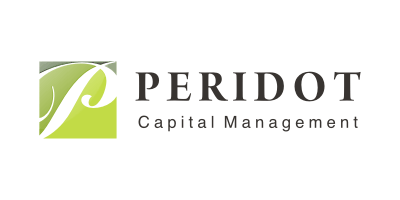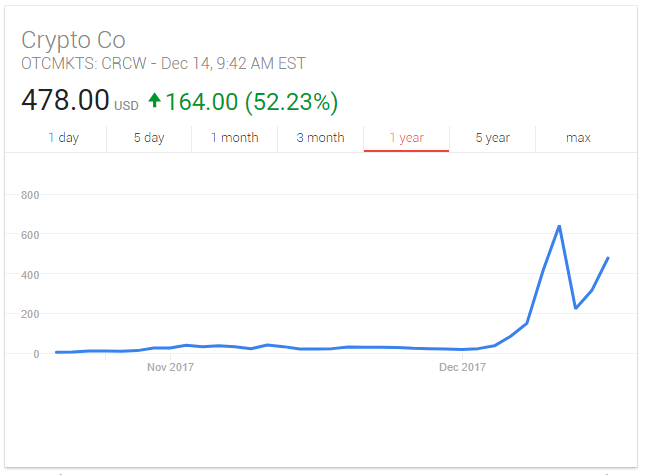There is no doubt that the tech sector is where investors will find earnings growth in today's market, and many money managers are willing to pay full valuations to stack their portfolios with most, if not all, of the big name innovators.
Even though it means sometimes missing out on huge share price run-ups, I tend to buy these companies when they miss a quarter, during a market drop, or any other time when the valuations look "reasonable" (knowing full well they rarely will be cheap on an absolute basis). There was a great opportunity in Amazon (AMZN) in 2014, for instance. Last year, Alphabet (GOOG) in the low 900's looked like a good bet. Facebook (FB) briefly dipped below $150 earlier this year during a string of negative press, though I regrettably didn't pull the trigger on that one.
In fact, massive buying of these leading tech companies has resulted in the sector comprising 26% of the S&P 500 index, a level not seen since the peak of the dot-com bubble in March 2000 when tech accounted for a stunning 34% of its value. For comparison, financial stocks peaked at 20% of the S&P in 2007, before the housing collapse and no other sector has ever reached the 20% level. Amazingly, the five most valuable stocks in the index today are tech names:
I have previously written about Amazon's recent share price ascent and how its price to revenue multiple is getting quite rich -- which has not stopped the stock from jumping 20% since -- and today I want to dig into Alphabet as well. While that stock around $900 last year looked like a solid GARP ("growth at a reasonable price") play last year, as it approaches $1,200 today I am a seller.
A big issue with these tech companies is their tendency to dole more and more stock, instead of cash, to employees as part of compensation packages. This allows them to produce inflated cash flow numbers, which investors/analysts then use to justify their investments/recommendations. When I value them, conversely, I use an adjusted free cash flow metric that subtracts from reported free cash flow all stock-based compensation. To me, this adjusted number more fully reflects how much cash the business is actually generating.
Below are some data points for Alphabet, from 2015 through 2018:
As you can see, stock-based compensation at Alphabet equates to roughly one-third of free cash flow. Therefore, when the investing community cites strong operating cash flow, or impressive free cash flow, they are ignoring billions in stock comp. To give you a feel for the magnitude of these numbers, my internal estimates indicate Alphabet's stock comp will come within striking distance of $10 billion in 2018. It is more than just rounding error.
Despite strong sales growth (the consensus view calls for 20% per year, on average, for 2018 and 2019), investors are paying quite a big price for the stock at current prices. At $1,180 each, GOOG fetches just shy of 50x times my 2018 free cash flow estimate, less stock-based comp, of $25 per share.
As an alternative, using EV/EBITDA, which includes stock comp and gives the company full credit for their large net cash position, the multiple is an unattractive 18x (using my 2018 EBITDA estimate of $41 billion).
While there will always be investors willing to pay up for growth, the main thesis in recent years ("the stocks are not expensive") might be harder to justify now. As a result, I think it is more important than ever to be opportunistic and focus on taking advantage of near-term pullbacks, rather than buying the biggest U.S. companies indiscriminately just because they have performed so well in recent years.
Full Disclosure: I have been selling shares of GOOG this week











